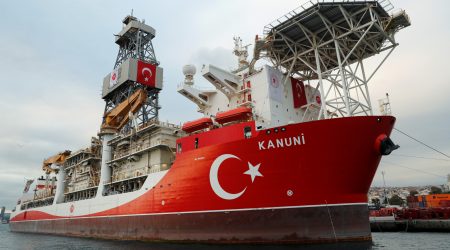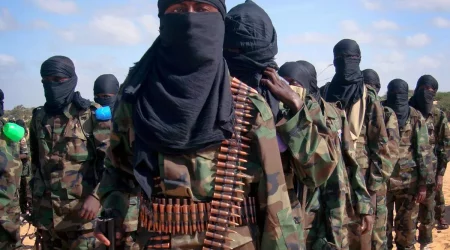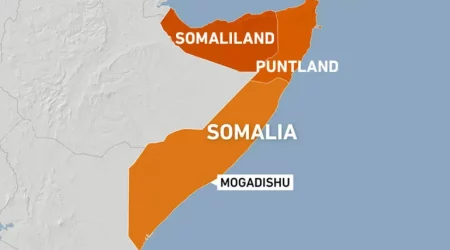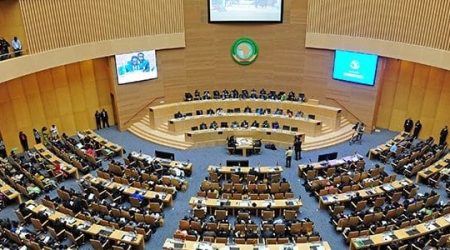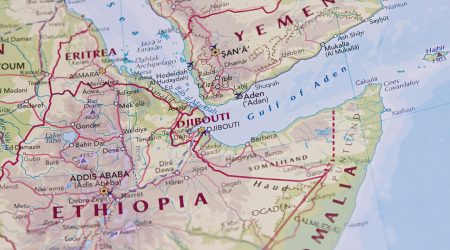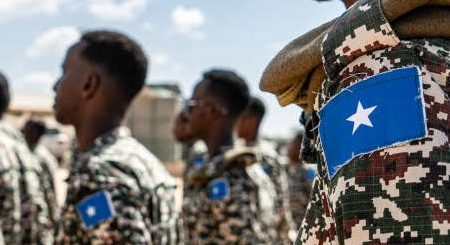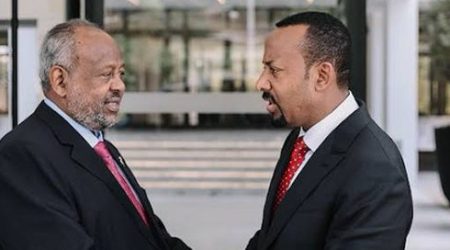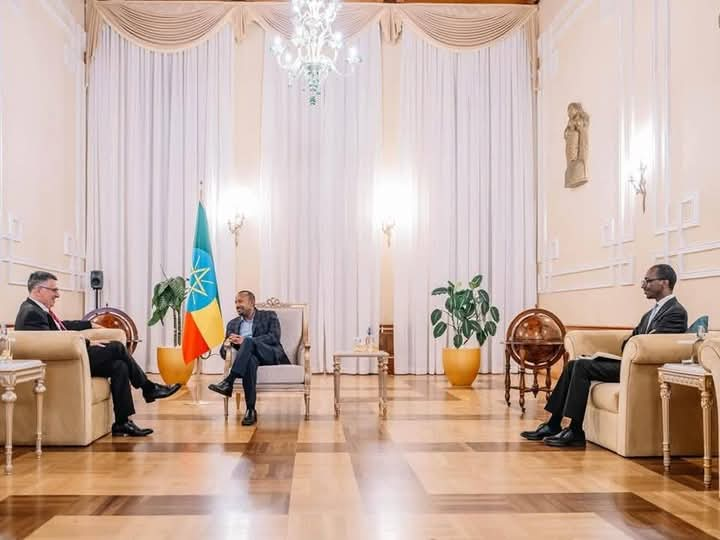
5
May
Israel’s Strategic Turn in the Horn of Africa: The Emergence of a New Regional Geometry
The official visit of Israeli Foreign Minister Gideon Sa’ar to Ethiopia in early May 2025 marks more than a diplomatic milestone; it reflects a deliberate and sophisticated recalibration of Israel’s strategic orientation toward the Horn of Africa. Situated at the intersection of critical maritime trade routes, political instability, and regional competition, the Horn is emerging as a pivotal arena in Israel’s foreign policy thinking.
This visit, following Ethiopian Foreign Minister Gedion Timotheos’s reciprocal trip to Jerusalem in March, is emblematic of a broader transformation in Israeli-Ethiopian relations, from symbolic solidarity rooted in historical ties to an institutionalized, multidimensional partnership. Their diplomatic bond, first formalized in 1956, has withstood periods of interruption and transition, sustained by converging security and development interests.
Minister Sa’ar’s delegation, comprising leaders in agricultural innovation, water technology, renewable energy, and healthcare, highlights Israel’s growing reliance on development diplomacy as a conduit for influence. The joint economic forum held in Addis Ababa signals not only an expansion of economic cooperation but also the embedding of strategic trust between the two nations.
Israel’s evolving engagement with Ethiopia cannot be viewed in isolation. The Horn of Africa has become an increasingly strategic corridor for global and regional powers. In this context, Israel’s presence is not incidental, it is a carefully crafted response to a dynamic geopolitical environment in which access, resilience, and regional partnerships are central to national interest.
Through its partnership with Ethiopia, Israel offers a compelling alternative to the influence of other external actors. The relationship is grounded in pragmatism and shared priorities, particularly in the areas of technology, intelligence cooperation, and regional stability. The 2020 agreement between the two countries to cooperate in counterterrorism and intelligence coordination reaffirmed their mutual interest in addressing asymmetric threats across East Africa.
Ethiopia’s proximity to the Bab el-Mandeb Strait, a chokepoint for global commerce, positions it as an indispensable node in Israel’s broader Red Sea strategy. Bilateral cooperation enhances both countries’ capacity to address threats such as piracy, regional militancy, and maritime insecurity, thereby contributing to the integrity of critical global supply chains.
At a diplomatic level, Ethiopia’s stature as host of the African Union headquarters offers Israel an avenue for greater continental engagement. Closer alignment with Addis Ababa bolsters Israel’s campaign to solidify its status within multilateral African institutions, a longstanding ambition complicated by historical opposition in certain quarters of the AU.
Israeli investment in Ethiopian development, particularly in climate-adaptive agriculture, water infrastructure, and post-conflict stabilization, further reflects the evolution of its approach. These investments do not merely serve economic purposes; they also act as stabilizing mechanisms in areas prone to displacement, drought, and insurgency. Developmental statecraft, in this context, becomes a strategic asset as much as a humanitarian tool.
Within this framework, the trilateral dynamic between Israel, the United Arab Emirates, and Ethiopia has assumed greater salience. The UAE’s extensive infrastructure and logistics investments across Ethiopia are increasingly coordinated, explicitly and implicitly, with Israeli technology and expertise. The Abraham Accords have created an opening for this strategic triangle, offering a new model of regional cooperation focused on access, innovation, and infrastructure.
Israel’s parallel dialogue with Somaliland further underscores the flexibility of its emerging strategy. Though not internationally recognized, Somaliland presents a rare combination of internal stability, functional governance, and control over the vital Port of Berbera. Reports of Israeli interest in port development, maritime logistics, and security coordination suggest that Jerusalem views Somaliland not simply as a partner, but as a platform for broader regional engagement in the Gulf of Aden.
This calculated outreach inevitably places Israel in nuanced competition with other regional players, chief among them, Turkey. Ankara’s entrenched presence in Somalia, encompassing military training, infrastructure development, and religious soft power, has positioned it as a major actor in the region. Turkey’s alignment with the Somali federal government contrasts with Israel’s growing engagement with Somaliland, exposing competing visions for regional diplomacy and influence.
What emerges is not a binary contest, but a redefinition of power geometry in the Horn of Africa. Israel’s approach is marked by strategic subtlety: it avoids overt militarization, focuses on institutional partnerships, and leverages its technological advantages to foster influence that is adaptive and enduring.
As Israel transitions from episodic engagement to a sustained presence in the Horn, it will need to carefully manage alliances, maintain diplomatic agility, and adapt to the fluidity of local and regional dynamics. Its success will depend less on the projection of force and more on the cultivation of relevance in a region where influence is earned through consistency, credibility, and constructive alignment with local priorities.
In this evolving landscape, Israel’s role in the Horn of Africa may well serve as a case study in pragmatic statecraft, where innovation, diplomacy, and development converge to shape a coherent and strategic regional footprint.

